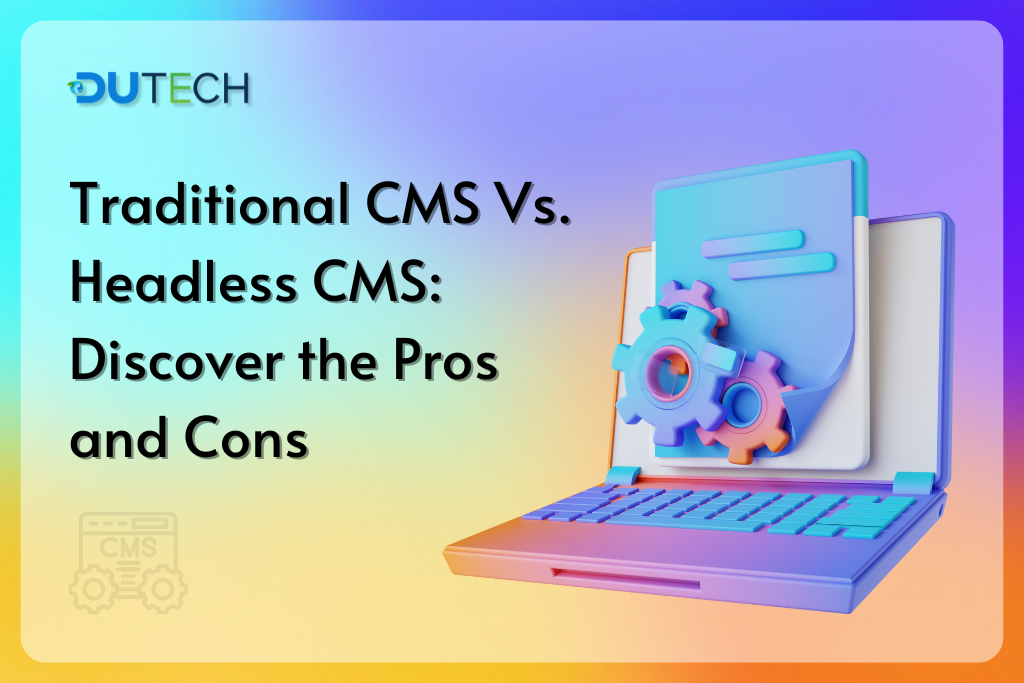A content management system is software used to draft, manage, and edit any content on a website. This software aims to bridge the gap between technical and non-technical users by providing tools for creating webpages, protecting content, publishing, and updating them. A CMS allows the non-technical user to manage the content on the website more adequately.
Traditional CMS, which integrates front and back ends, struggles with multi-device content distribution. The headless CMS, a back-end-only system, solves this by acting as a centralized content repository, distributing content via APIs to various digital channels.
This blog will explore the traditional and headless CMSs, their differences, and the pros and cons for your business.
What is Traditional CMS?
A traditional CMS, coupled or monolithic CMS, integrates content creation, management, and presentation into a single platform. WordPress is the perfect example of a traditional CMS, as it enables the user to create a blog post in the back end and publish it at that moment. Publishing the blog can be seen by the viewers on the front end of the website. The blog post can be customized using the templates and themes already available in the CMS software.
Major Features of the Traditional CMS
The traditional CMS is known for its inflexible nature, as content management on the back and front end is integrated to operate within the same system. However, the content management tools for content generation, editing, and organizing, with the help of templates and plugins to design and customize the content, make it user-friendly. Traditional CMS also enables features like in-house hosting for posting content efficiently on the website.
Pros and Cons of the Traditional CMS
| Advantages | Disadvantages |
|
|
|
|
|
|
What is Headless CMS?
Apart from the traditional CMS, a headless CMS focuses only on the backend for content creation and storage. However, the front end focuses solely on the content presentation. Interestingly, the font end is called the ‘head’, which is removed in this process, coining the term headless CMS.
The headless CMS leverages features like the creation and storage of content, then delivered to various digital platforms like websites, applications, and IoT devices via APIs.
Major Features of Headless CMS
The headless CMS uses the API to deliver the content to the various digital platforms whenever needed. It enables the users with the workability to push the content to any digital platform and device. The Headless CMS platforms offer easy integration, agility, and customizability because of the separation of content and presentation. It requires a smaller development team and lower costs due to the reduced front-end complexities and serverless architecture. Along with this, headless CMS supports various projects, serving multiple sites from a single backend.
Pros and Cons of the Headless CMS
| Advantages | Disadvantages |
|
|
|
|
|
|
Conclusion
In conclusion, choosing between a traditional and headless CMS depends on your specific needs. Traditional CMS offers an all-in-one solution with user-friendly features but can be inflexible and performance-limited. Headless CMS provides greater flexibility, multi-device content distribution, and scalability, although it may require more technical expertise and an initial setup effort. Understanding these differences between the headless CMS vs. traditional CMS will guide you in selecting the best CMS for your business.

